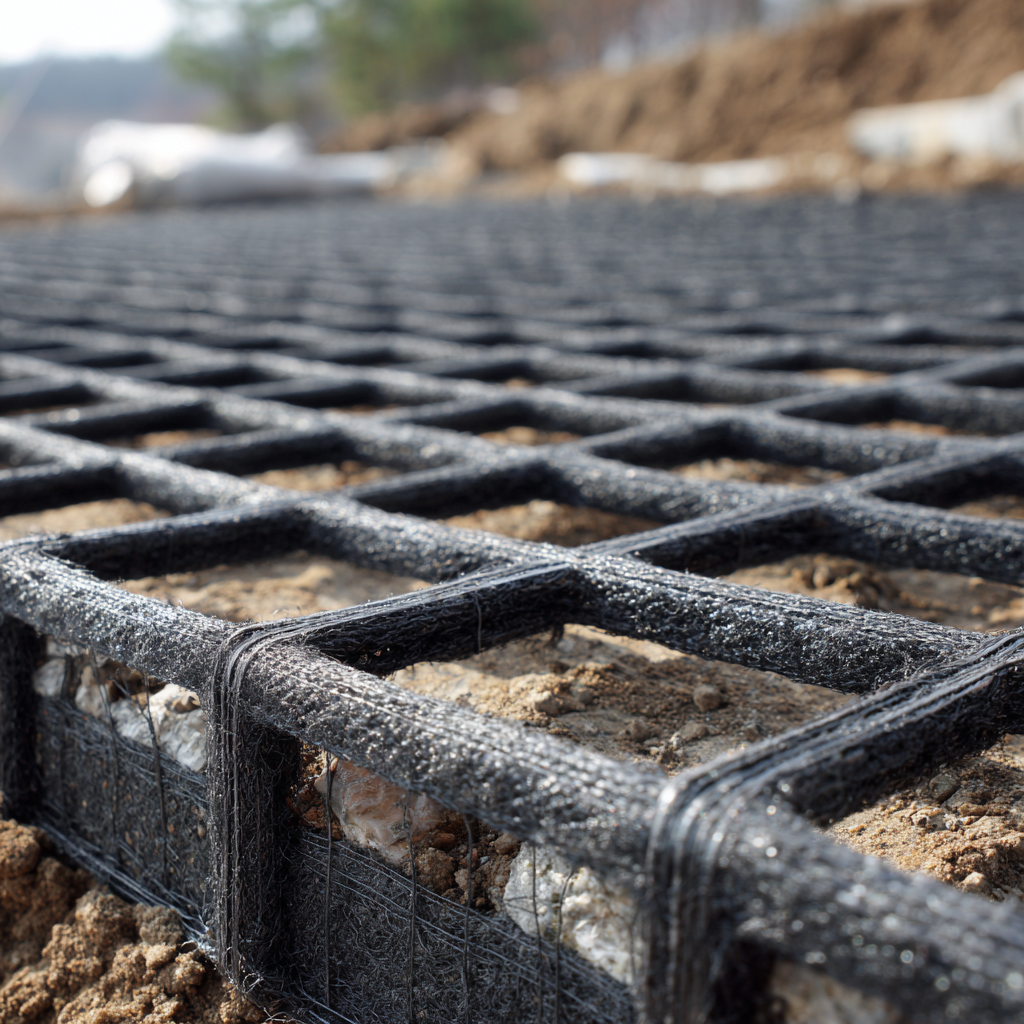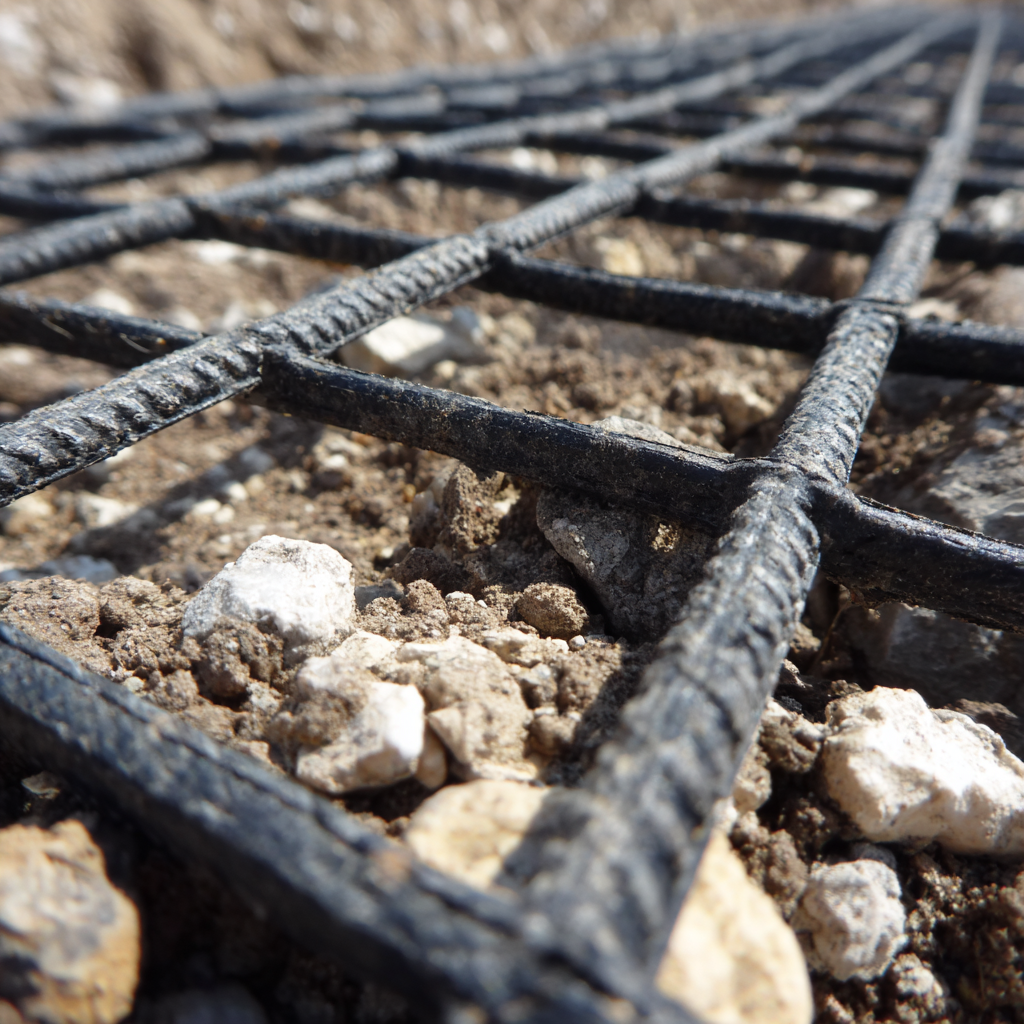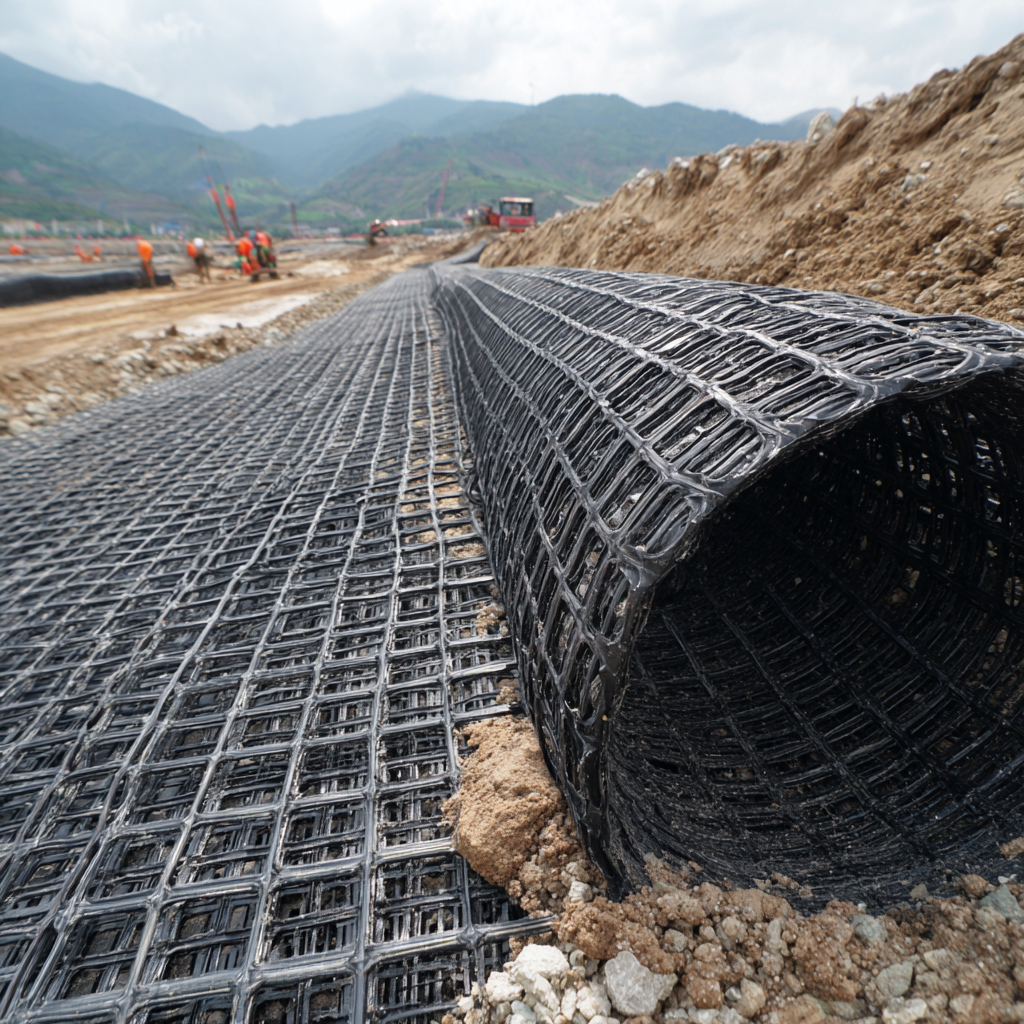Inquiry
Form loading...
- Phone
- E-mail
In the evolving landscape of construction and civil engineering, the importance of Soil Reinforcement Geogrids cannot be overstated. These innovative materials play a pivotal role in enhancing soil stability and load distribution, making them essential for a variety of applications, from roadways to retaining walls. For global buyers looking to invest in high-quality Soil Reinforcement Geogrids, understanding the unique advantages these products offer is crucial.

This blog will explore ten distinctive benefits that make these geogrids indispensable in modern engineering. Additionally, we will discuss expert strategies for identifying and selecting reputable suppliers, ensuring that buyers can make informed decisions and secure the best materials for their projects. With the right knowledge and approach, buyers can harness the full potential of Soil Reinforcement Geogrids, contributing to successful and sustainable infrastructure development worldwide.
Soil reinforcement geogrids play a crucial role in enhancing the stability and durability of geotechnical structures.
These engineered polymer grids are strategically placed within soil layers to distribute loads more evenly, which significantly
reduces settlement and increases the bearing capacity of the ground. According to a report by Research and Markets, the
global geogrid market is expected to grow from USD 2.43 billion in 2021 to USD 4.11 billion
by 2026, showcasing the increasing demand for these innovative products worldwide.
When considering soil reinforcement solutions, it’s essential to understand that geogrids are available in various types,
including uniaxial, biaxial, and triaxial configurations, each designed to cater to specific engineering needs.
For projects requiring high tensile strength, such as road construction or embankments, uniaxial geogrids
are ideal due to their ability to handle significant loads and improve soil stability.
A study published in the Journal of Geotechnical Engineering highlights that the implementation of geogrids can lead to a
30% reduction in soil displacement,
underlining their effectiveness.
Tip: When selecting geogrids for your project, assess the
site conditions and load requirements carefully to choose the right type of geogrid. Incorporate geogrids in road
design to enhance durability and reduce maintenance costs over time. Remember, the long-term benefits often overshadow
initial investment costs.

When it comes to soil reinforcement solutions, global buyers often encounter several common challenges that can hinder project success. According to a report by the Geosynthetic Institute, approximately 30% of construction failures are attributed to inadequate soil stabilization, underlining the critical importance of selecting the right materials and technologies. Buyers frequently grapple with issues such as soil variability, cost constraints, and the need for quick installation. The dynamic nature of soil properties across different geographical locations makes it imperative for buyers to conduct exhaustive site assessments before making procurement decisions.
Moreover, another study conducted by the International Geosynthetics Society reveals that 45% of buyers face difficulties in understanding the compatibility of geosynthetic products with existing soil types. This knowledge gap can lead to improper material selection, resulting in costly overruns and project delays. As buyers seek to navigate these challenges, leveraging specialized expertise becomes essential—not only to ensure the right product fit but also to comply with local regulations that may affect the choice of soil reinforcement methods. By addressing these concerns, global buyers can enhance project outcomes and optimize the benefits of advanced geogrid technologies.
Geogrids have revolutionized the field of soil reinforcement, offering a range of innovative features that significantly enhance their performance over traditional methods. One of the key advantages lies in their ability to distribute loads more evenly across the soil, which reduces settling and enhances stability. Unlike conventional reinforcement methods, which often rely on heavy materials or rigid structures, modern geogrids utilize a flexible design that adapts to varying soil conditions, allowing for better integration within the existing environment.
Another notable feature of advanced geogrids is their lightweight construction, which not only simplifies transportation and installation but also minimizes the environmental footprint. Traditional methods can be cumbersome and require extensive machinery, while geogrids are easier to handle and can be installed quickly, saving both time and money. Additionally, many modern geogrids are engineered with advanced materials that enhance durability and resistance to environmental degradation, ensuring longevity and reduced maintenance costs. This combination of efficiency, adaptability, and sustainability makes geogrids a superior choice for global buyers looking to reinforce their soil structures effectively.
| Advantage | Description | Comparison with Traditional Methods |
|---|---|---|
| Enhanced Load Distribution | Geogrids improve load transfer by distributing stresses over a larger area. | Traditional methods may concentrate loads, leading to faster failure. |
| Cost Efficiency | Reduced material usage lowers overall project costs. | Conventional methods often involve more materials and higher labor costs. |
| Improved Soil Stabilization | Geogrids enhance soil interlocking and friction, improving stability. | Traditional solutions may lack effective soil interaction. |
| Longer Lifespan | Geogrids are made of durable materials resistant to environmental factors. | Conventional systems may degrade faster under the same conditions. |
| Versatile Applications | Suitable for a wide range of civil applications, including roads and retaining walls. | Common methods may be limited in their versatility. |
| Ease of Installation | Simplified installation processes save time and labor costs. | Traditional methods often require more complex procedures. |
| Environmental Benefits | Promote eco-friendly practices with less material waste. | Older methods may not prioritize sustainability. |
| Enhanced Performance Under Load | Offers better performance in high-load situations. | Traditional systems may fail more readily under stress. |
| Innovative Technology Integration | Utilizes advanced materials and manufacturing techniques. | Conventional methods may rely on outdated technologies. |
| Higher Compatibility with Various Soils | Effective in different soil types, including weak soils. | Traditional methods may be less adaptable to soil variations. |
Geogrids have emerged as a vital tool in soil reinforcement, demonstrating their versatility across a wide range of applications and environments. A recent report by the Geosynthetic Institute highlights that the global geogrid market is expected to grow at a Compound Annual Growth Rate (CAGR) of 12% through 2026, reflecting an increased adoption across infrastructure projects. Specifically, case studies in urban settings show geogrids effectively stabilizing foundations and minimizing differential settlement, which enhances the longevity of roads and pavements under heavy traffic loads.
In expansive soils, such as those found in the southern United States, geogrids have proved invaluable. A project in Texas illustrates the successful use of geogrids to reinforce a roadway that underwent rehabilitation due to soil instability. The integration of geogrids resulted in a 30% reduction in material costs and extended the lifespan of the road by an estimated 20%. Similar successes have been reported in coastal environments where geogrids help combat erosion and support tidal structures, reinforcing the material's effectiveness across diverse climatic conditions and soil types.
When selecting the best soil reinforcement geogrids for your projects, it’s crucial to consider several key factors that can significantly influence the performance and longevity of your applications. First, examine the material composition of the geogrids. High-quality materials suchstrong> such as polypropylene, polyester, or polyethylene can greatly enhance durability and resistance to environmental factors. Additionally, ensure that the geogrids you choose have the appropriate tensile strength and creep resistance, as these characteristics determine their ability to withstand the stresses of soil movement and load-bearing requirements.

Another essential tip is to assess the compatibility of geogrids with the specific soil conditions in your project area. Different soil types, such as clay, sand, or silt, will interact with geogrids differently. Therefore, conducting a thorough soil analysis can aid in selecting geogrids that provide optimal reinforcement and stability in your unique setting. Moreover, it’s advisable to consider the installation process. Some geogrids are designed for easy application and faster installation, which can save time and labor costs while ensuring effective results. By keeping these factors in mind, you can make an informed choice that will enhance the success of your soil reinforcement projects.
